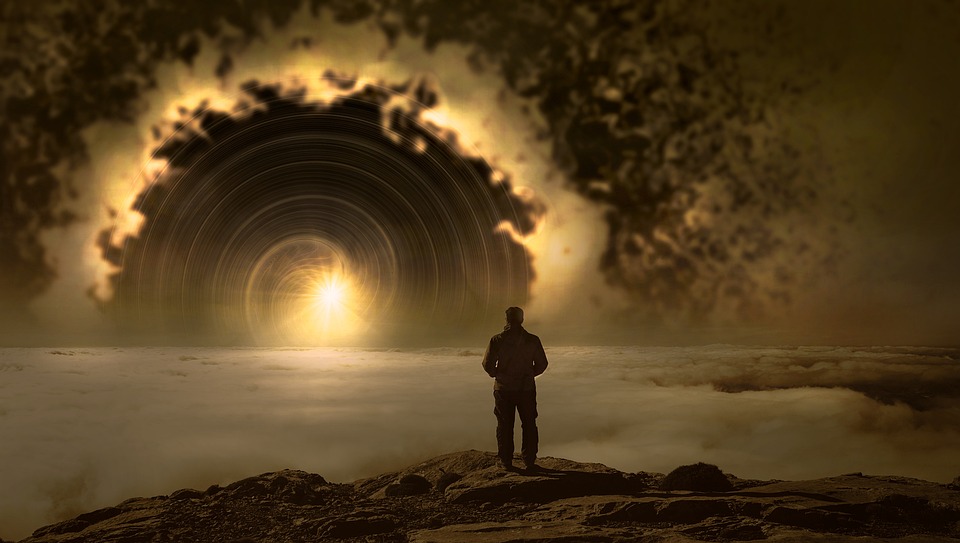Glass-z13 is the name of the galaxy that has been spotted by Nasa's James Webb Space Telescope (JWST), which scientists believe to be the most distant galaxy known to mankind to date. From a preliminary study, it is estimated that the galaxy was formed 13.5 billion years ago, which is around 300 million years after the Big bang (Big Bang occurred 13.8 billion years ago). This is an improvement of around 100 million years from the farthest known galaxy previously.
Here we are gazing at the most distant starlight that any human has ever seen. The more distant the body, the more time it takes for the light to reach us. So looking farther deep into space means we are looking back in time. So we are not only looking at the farthest starlight but also these are the oldest photons to reach us. We are practically looking at the galaxy as it was 13.5 billion years ago!! Isn't it amazing!! Thus rightly said by Einstein, "The most comprehensible thing about the universe is that it is incomprehensible!!"
The observation was made in the "early release" data from the observatory's main infrared imager called NIRcam, but the result was not made public in the first set of publications of JWST. It needed some time to translate the data from infrared to visible spectrum, where the galaxy appeared as a blob of red with white in its center. The farther an object is situated from the observer, the farther the light has to travel, and due to the expansion of the universe, the light wavelength is stretched from the visible to the infrared region of the spectrum. This is where JWST specializes. It is well equipped with infrared detectors that are suitable to make observations of very distant objects right till the big bang with unprecedented clarity.
Two separate teams of astronomers, one headed by Mr. Naidu and the other by Marco Castellano have independently taken the observations, analyzed the data, and reached the same conclusions. This is why they are confident about the results they have obtained. Currently, the study is under peer-review in a scientific journal and posted publicly on a preprint server.
The team of scientists believes that they have to conduct a detailed spectroscopic analysis of the data they have obtained to confirm their claim and also extract more knowledge about the galaxy. As of now, they know that the galaxy has a mass of billion suns, which is really surprising considering how soon after the big bang it formed. They also need to confirm the distance of the galaxy that they have claimed. The spectroscopic analysis will also reveal some detailed properties of the galaxy.
Along with GLASS z-13 they have also found the signature of another galaxy known as GLASS z-11, which is not as ancient as the former but around a similar time scale. JWST is expected to open a new era of astronomy, with records being broken with each observation. We have started to see the results already!! We hope that JWST outperforms its expectations and helps us to reveal the deep-lying secrets of the universe. As of now, our fingers are crossed!!
PC: NASA/ESA/CSA
By
Prabir Rudra




















